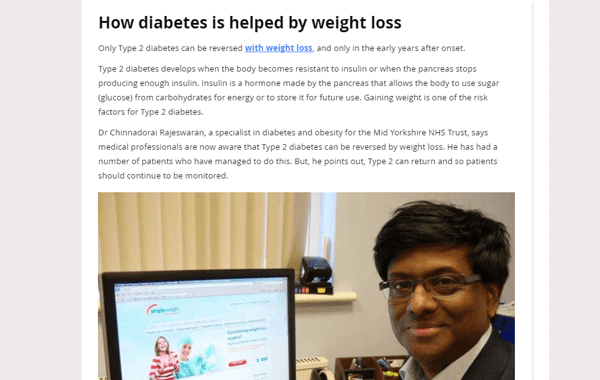Sarcopenia and obesity are two conditions associated with body composition, that are prevalent in our population. Let’s take a closer look at what each of these terms means, what they constitute together and how sarcopenic obesity relates to our current actions and future goals in terms of weight, diet and exercise.
Sarcopenic obesity
Obesity is one of the major health problems. World Health Organisation defines obesity as abnormal or excessive fat accumulation that presents a risk to health. Overweight and obesity are often associated with a number of diseases such as diabetes, cardiovascular diseases, cancer and metabolic syndrome.
Prevalence of obesity is constantly increasing, reaching epidemic size. This is due to both, lifestyle factors such as excessive energy intake and sedentary habits, as well as genetic predisposition.
Sarcopenia is a condition characterised by loss of skeletal muscle mass and function, usually related to ageing.
Therefore, sarcopenic obesity is a combination of both of the above. It is a new category of obesity, mainly related to older adults. It is characterised by a high content of adipose (fat) tissue and low muscle mass and muscle strength or physical performance. These two conditions combined may lead to health problems, such as metabolic syndrome, and lead to frailty, disability and increased morbidity and mortality.
Mutual impact
Unfortunately, obesity and sarcopenia can have a mutual impact, creating a vicious cycle, which only supports the progression of sarcopenic obesity. Obesity may lead to decreased physical activity, preventing muscle growth. Sarcopenia can be related to insulin resistance, which promotes further fat gains and muscle wastage. As a result, the term “fat frail” was developed. It describes a population characterised by increased muscle weakness due to sarcopenia, and a need to carry greater weight due to obesity. It is reasonable to assume that people with poor muscle strength relative to their body size may be experiencing difficulties with activities of daily living due to reduced function. They can even be at risk of developing disability in the future.
Causes of sarcopenic obesity
The causes of sarcopenic obesity are variable, although the most common ones are:
- Age: With age, body fat increases and muscle strength declines. This can lead to decreased physical activity resulting in reduced total energy expenditure and reduction in metabolic rate. Moreover, decreased muscle mass promotes insulin resistance, which increases the risk of metabolic syndrome and obesity.
- Inflammation: Adipose tissue is a metabolically active tissue, in which pro-inflammatory substances may be produced. This can contribute to a decline in muscle mass and strength.
- Hormones: Researchers often associate obesity and ageing with hormonal imbalances. These include changes in testosterone or oestrogen, GH (growth hormone) and IGF-I (insulin-like growth factor) levels, which affect the metabolism of muscle protein.
- Health conditions: Metabolic syndrome, type 2 diabetes and hyperglycaemia can cause catabolic abnormalities and further muscle alterations.
- Surgical treatments: Procedures such as bariatric surgeries frequently cause skeletal muscle catabolism, most commonly related to the initial rapid weight loss phase.
Prevention and management
Luckily, we can prevent and manage sarcopenic obesity through non-invasive treatments:
- Nutrition – Hypocaloric diets with normal or increased protein supply can have a positive effect on weight and body fat reduction.
- Exercise – Specifically resistance training is effective in preventing muscle mass wastage and promoting muscle mass growth.
- Pharmacotherapy – Hormone replacement therapies have also been studied and showed positive effects.
- Combined treatments – A combination of the above interventions (exercise with nutritional therapy or exercise with pharmacotherapy)
Although sarcopenic obesity is mainly a problem amongst older populations, we should be mindful of our health and weight at any stage of life. Our present actions will affect our future health and wellbeing and can prevent problems and complications in the coming years. Therefore, it is worth to pay attention to our diet and activity. This will allow our body to benefit from good nutrition and exercise, which will let us to be independent and active for as long as possible.
Simplyweight’s Specialist Online Weight Loss Plan has been designed to bring decades of clinical experience to people at an affordable price. To learn more, start your 7-day free trial today: https://app.simplyweight.in/subscribe/free-trial













